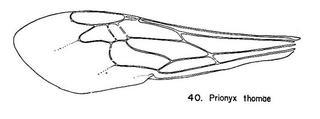
R. M. Bohart and A. S. Menke, 1963 · 9
Prionyx thomae, wing |

Click on map for details about points.
|
80x5 -
240x3 -
240x4 -
320x1 -
320x2 -
320x3 -
640x1 -
640x2
Set display option above.
Click on
images to enlarge. |
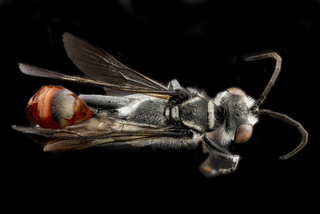
© Copyright source/photographer
· 5
Prionyx thomae, M, back, Guantanamo Bay, Cuba |
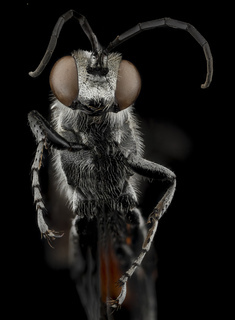
© Copyright source/photographer
· 5
Prionyx thomae, M, face, Guantanamo Bay, Cuba - Copy |
|
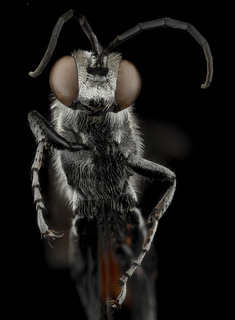
© Copyright source/photographer
· 5
Prionyx thomae, M, face, Guantanamo Bay, Cuba |
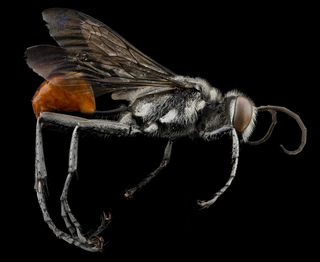
© Copyright source/photographer
· 5
Prionyx thomae, M, side, Guantanamo Bay, Cuba |
|
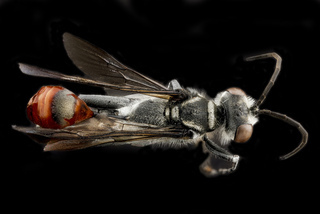
© Copyright source/photographer
· 5
Prionyx thomae, M, back, Guantanamo Bay, Cuba |
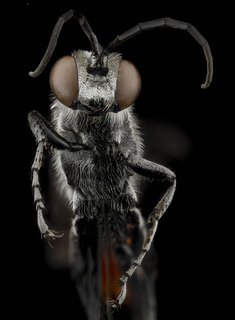
© Copyright source/photographer
· 5
Prionyx thomae, M, face, Guantanamo Bay, Cuba - Copy |
|
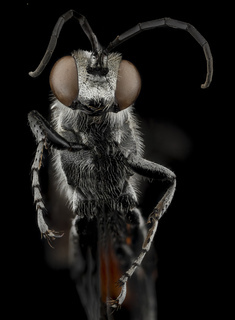
© Copyright source/photographer
· 5
Prionyx thomae, M, face, Guantanamo Bay, Cuba |
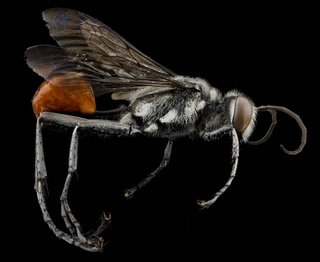
© Copyright source/photographer
· 5
Prionyx thomae, M, side, Guantanamo Bay, Cuba |
|
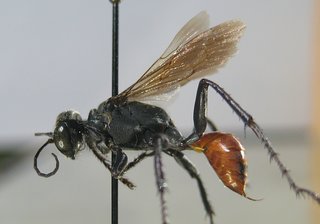
Native Bee Inventory and Monitoring Lab; Photographer: Erika Tucker · 1
Prionyx thomae, side |
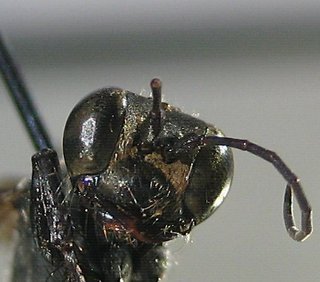
Native Bee Inventory and Monitoring Lab; Photographer: Erika Tucker · 1
Prionyx thomae, face |
|
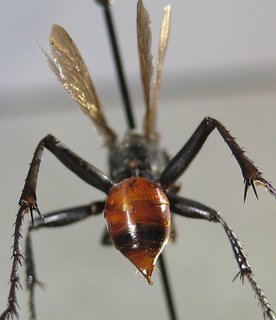
Native Bee Inventory and Monitoring Lab; Photographer: Erika Tucker · 1
Prionyx thomae, abdomen |
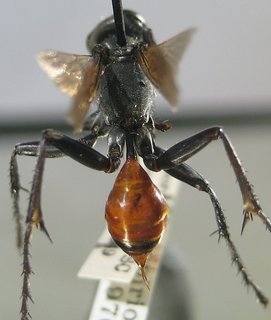
Native Bee Inventory and Monitoring Lab; Photographer: Erika Tucker · 1
Prionyx thomae |
|
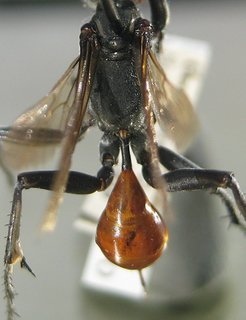
Native Bee Inventory and Monitoring Lab; Photographer: Erika Tucker · 1
Prionyx thomae |

Bohart, R.M., Menke, A.S. 1963 · 0
Prionyx thomae, antennae, male |
|
Overview |
Taken from:
Bohart, R.M., Menke, A.S. 1963. A Reclassification of the Sphecinae: With a Revision of the Nearctic Species of the Tribes Sceliphronini and Sphecini.
Male—Average length 12 mm; head and thorax black, gaster red, tergites rarely with darker markings; wing clear in cellular area, darker beyond; erect hair of head and thorax white; flagellum as in figure 103; sternite VII entire; genitalia as in Parker, 1960, figure 10.
Female.—Average length 13 mm; pronotal lobe and vertex, scutal furrows, mesopleura behind pronotal lobe, and pleura above mid and hind coxae with appressed silvery pubescence; labial palpus generally not visible in museum specimens, much shorter than maxillary palpus (fig. 97).
|
|
|
Names | |
Prionyx thomae (Fabricius)
(Figs. 39, 40, 97, 103)
Sphex thomae Fabricius, 1775, Systema Ent., p. 346. Lectotype ♂, “Insula St. Thomae Americes” (KIEL). Designated by van der Vecht, 1961.
Pepsis crucis Fabricius, 1804, Systema Piez., p. 209. Lectotype ♀, “Ins. Amer.” (COPENRAGEN). Present designation.
Enodia pubidorsum Costa, 1862, Ann. Mus. Zool. Napoli, 1:69. Holotype ♂, “Rio Gian.,” Rio de Janeiro, Brazil (NAPLES). New synonymy.
Sphex platensis Brèthes, 1908, Anal. Mus. Nac. Buenos Aires, 17:146. Syntypes, 2 ♂♂, 2 ♀♀, La Plata, Jujuy, Mendoza, Argentina; Nov. Friburg, Brazil (MNBA). Synonymy tests Willink (1948).
|
|
|
Geographic distribution | |
Distribution.—P. thomae is found throughout the western half of the United States and ranges south to Argentina (fig. 39). Apparently, it occurs also in the southeastern section of this country, though uncommonly. We have seen specimens from Georgetown County, South Carolina (MCZ), and from Auburn, Alabama (MCZ). It has been introduced into Hawaii (Oahu and Kauai) within the last ten years.
|
|
|
Natural history | |
Bohart has studied the types of the first three names in the synonymy. P. thomae is very similar to parkeri, but the antenna, sternite VII in the male, and the short labial palpus in the female separate the two (compare figs. 96, 97, and 102, 108). Flagellomeres I and II in thomae males are about as long as broad, and taken together are not so long as III. In parkeri, I and II are about twice as long as broad, and together are longer than III.
We have seen two males of thomae from six miles southwest of Murrell’s Inlet, Georgetown County, South Carolina (MCZ). In these specimens the fossulae are narrower than normal and the gaster is black except posteriorly on each tergite.
Biology—Evans (1958) summarized the prey records for this species. Acridinae, Oedipodinae, and Cyrtacanthacridinae are used. Williams (1913) noted males clustering on grass at night. R. C. Bechtel (in conversation) reported males congregating on weeds near Fairbanks Spring, Nevada, on a cloudy day.
|
|
| Supported by | |
Updated: 2024-04-26 04:06:18 gmt
|